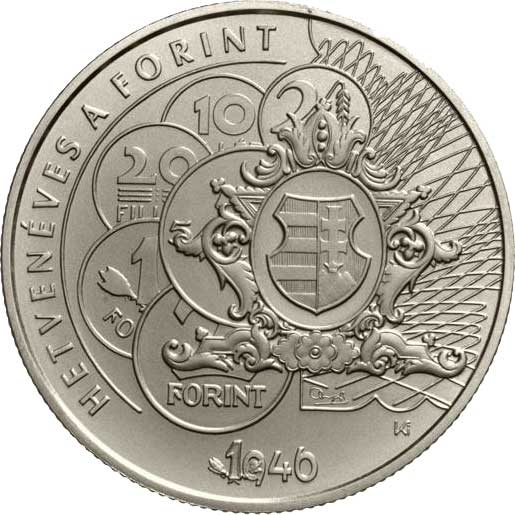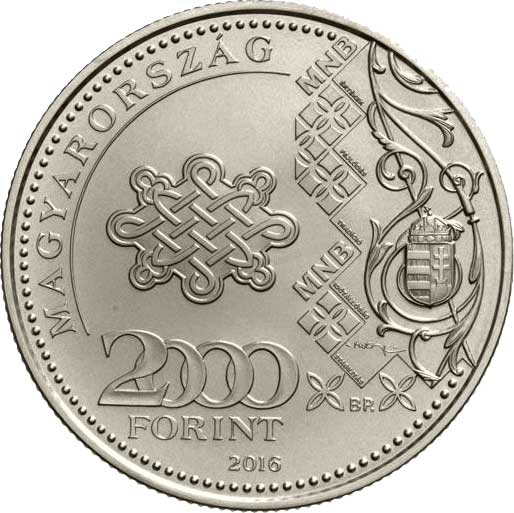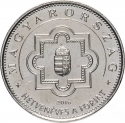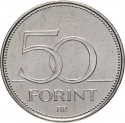You are about to finish your registration. Please check your mailbox (including spam folder). There should be a letter with a confirmation link. Check setting to make sure that your e-mail address is correct.
Send letter againDescription
The currency of Hungary is the forint (symbol: Ft; code: HUF), derived from the city of Florence where gold coins known as fiorino d'oro were first minted in 1252. In Hungary, the florentinus, later referred to as the forint, served as a gold-based currency from 1325 under the reign of Charles Robert, setting a precedent followed by several other nations. The introduction of the forint on August 1, 1946, played a pivotal role in stabilizing the Hungarian economy post-World War II.
Engraver: István Kósa
Obverse

|
Depicts the coin series issued in 1946. Arranged in a circle, partially overlapping from top to bottom, are the 2 filler, 10 filler, 20 filler, 1 forint, 2 forint, and in the center, the 5 forint denomination coins, with a decorative motif surrounding the depiction of the Kossuth coat of arms as depicted on the 10 forint banknote issued in 1946. In the bottom left corner, the signature of Dr. Imre Oltványi (President of the Magyar Nemzeti Bank from 1945 to 1946) is present. On the right side, below the depiction, the engraver's privy mark is visible. On the left side, the inscription "SEVENTY YEARS OF THE FORINT" is placed, and at the bottom, in the center, the year "1946" is readable. HETVENÉVES A FORINT |
|---|---|
Reverse

|
Depicts the motif on the 20,000 forint banknote, introduced in 2015. Below the motif, arranged in three horizontal lines, are the denomination, the inscription "FORINT," and the minting year "2016." The word "HUNGARY" is positioned within a quarter circle along the beaded border surrounding the edge. MAGYARORSZÁG |
| Edge |
2000 Forint
KM# 903 Adamo# EM320
Characteristics
| Type | Commemorative Issue (Non-circulating) |
| Material | Copper Nickel |
| Weight | 30.8 g |
| Diameter | 38.61 mm |
| Thickness | 3 mm |
| Shape |
|
| Alignment | Medal |
| Mint |
Budapest Mint (BP)
|





